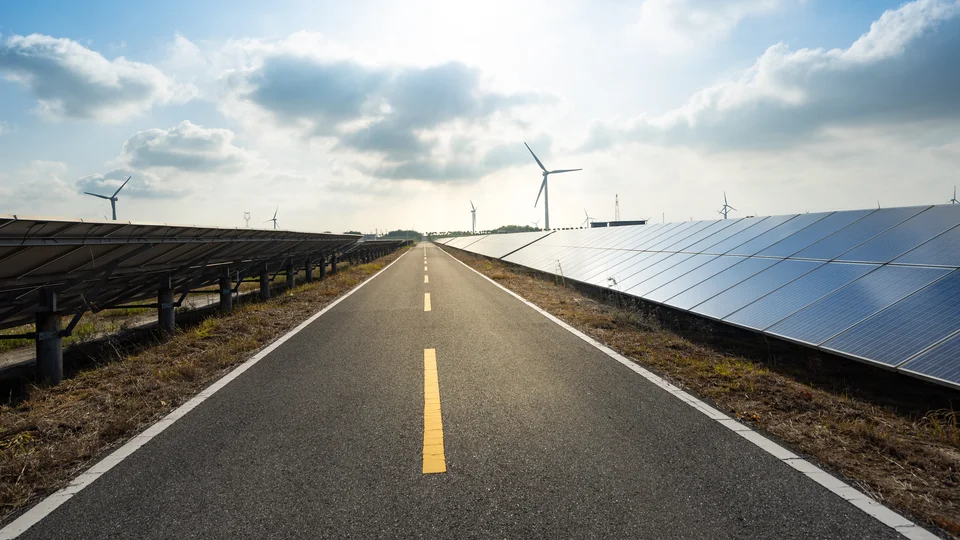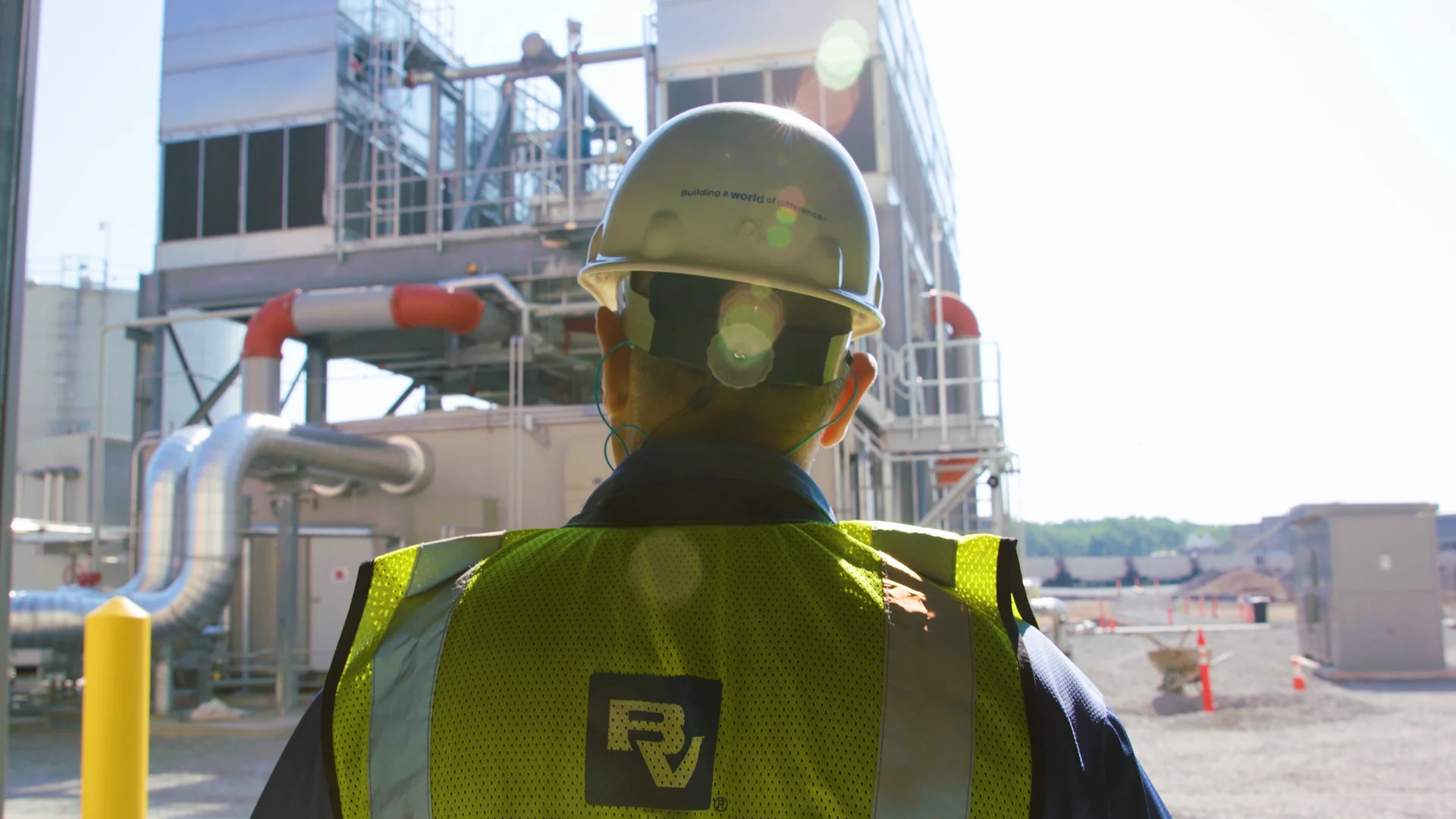The Race to Build Solar Farms

How to Avoid Tripping Up During Site Selection
The pace of solar development underway or being planned today is staggering. The annual increase in solar photovoltaic (PV) capacity in the United States topped 13 gigawatts (GW) in 2019, the second-highest increase recorded to date, according to the International Energy Association (IEA). Then, in spite of the pandemic, utility-scale PV actually accelerated further in 2020 and into 2021*. Five GW of solar PV capacity was installed in the first quarter of 2021 bringing the total installed capacity to 102.8 GW.
The economics behind these developments are clear. As the levelized cost of energy for solar PV dropped below traditional forms of power generation, solar development took off. Today, solar PV is the mainstream renewable energy option providing bankable returns with developments matching-up against long-term electricity planning of utilities and the ever-increasing number of large corporate customers seeking to lower their carbon footprints. The extension of investment tax credits into 2021, increasing appetite for zero-emissions power purchase agreements, the government’s goal to make US electricity carbon-neutral by 2035 as well as the continued declining costs of solar are all coming together heightening the competition to find optimal, high-performing development sites. What’s more, this doesn’t factor in any development incentives tied to future infrastructure bills that are currently being debated.
All of this is no secret and it is why competition is so fierce to find the right land to develop solar projects. While much of the risk surrounding solar development can be mitigated at the early stages of development, there is pressure to rush through site selection and break ground as soon as possible while investment conditions are so favorable.
Site selection constraints are often overlooked
With such a rush to market, it is not uncommon for projects to be hamstrung by site selection issues at some point during development. These issues include added costs and schedule delays associated with unexpected challenges dealing with site conditions like impacts to unanticipated environmental resources, limitations to development hidden in county or municipal codes, flooding during construction, or obtaining additional environmental approvals due to engineering design changes.
What’s frustrating is that often the issue isn’t simply a complete oversight but rather often stems from poor upfront planning and communication across the team members or lack of appreciation of the issue’s implications such as how environmental permitting requirements can impact scheduling. Such issues may even be entered into a risk registry but may not be assessed or acted on appropriately; these identifiable failings lead to downstream project adjustments, subsequent delays, increased costs and ultimately revenue losses.
The implications of overlooking certain technical or environmental considerations during site selection emerge post site acquisition and during more detailed engineering phases. For example, developers can discover that the real land available for development does not produce the desired megawatt output.
Getting the right mix of expertise integrated into one team at the right time – at concept, ideally – can significantly reduce exposure to these errors. Site selection is a pivotal moment where integrating environmental science, technical engineering and commercial know-how returns major benefits to the overall outcome of the project months and years down the road. Such diverse expertise allows developers to make an informed assessment of various risks before transactions take place, squaring the risk against the developer’s risk tolerance. For example, redevelopment of remediated mining sites with flat, foliage-free surfaces may prove attractive to some developers as it may align with their community and sustainability efforts if other factors such as soil corrosivity are acceptable.
A broad analysis should be applied across multiple planning criteria (both environmental and technical) to arrive at a shortlisting of sites or even identifying sites which more detailed and weighted evaluations. Planning criteria that cut across environmental, land, performance and productivity potential, existing electric infrastructure connectivity, cultural/ historical resources and numerous other aspects are absolutely key to site evaluation.
Bringing together regulatory professionals, engineers, GIS specialists, land acquisition professionals, biologists and even archaeologists to identify and analyze site constraints – and devise approaches to minimize such impacts – before capital decisions are made is essential in any successful infrastructure development journey. Black & Veatch engages a repeatable and defendable site selection processes that considers the needs of the entire lifecycle of projects with such integrated teams. This holistic and comprehensive approach identifies opportunities to streamline project timelines and minimize project environmental compliance and permitting costs, and reduces project development costs as well.
One question, however, remains. If there is a competitive race to secure the best sites for solar development, wouldn’t this holistic and detailed approach slow down the acquisition of the optimal site?
Talk to Black & Veatch to learn more about making your project a success from the start. Additionally, read the second article in our series on solar site development where we take a closer look at why better tools and data, together with the governing principle of getting the project right-from-the-start, accelerates project development.
* According to the International Energy Association’s Renewable energy market update: 2020 and 2021 forecast overview
Contact Us
Looking for a partner in innovation?
Let's Talk
